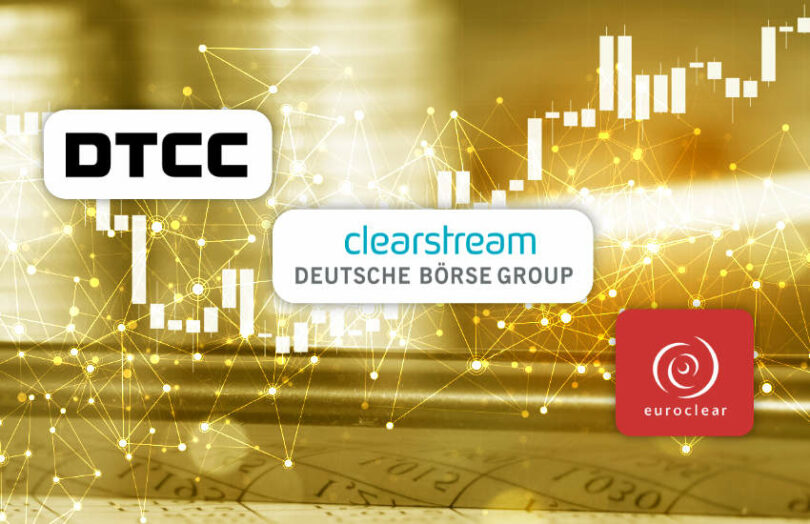Earlier today the DTCC, Clearstream and Euroclear argued that they should play a major role in institutional digital assets. Currently, there are too many small tokenization initiatives that lack standards. Liquidity is fragmented and many solutions are not scalable. The three financial market infrastructures (FMIs) believe they can help.
Both the DTCC and Clearstream have participated in major DLT initiatives since the early days. They certainly have the knowledge and know-how to play leading roles. Like they say, they have the ability to coordinate amongst industry players and to help set standards.
So why wouldn’t the industry want them to take a leading role?
Some of the questions to address are:
- Can you remove CSDs and CCPs as intermediaries?
- Will they protect their existing businesses?
- Are large consortia too slow?
- Will they help or hinder new regulations?
Are CSDs and CCPs needed in a tokenized world?
One of the efficiencies of blockchain is the reduction in the number of intermediaries. The only intermediary that’s relatively easy to remove is the central securities depository (CSD) (depending on a jurisdiction’s legal framework).
However, there are two counterarguments. Firstly, it’s a matter of what issuers think. So far the most prolific bond issuer has been the European Investment Bank (EIB). The person at the EIB responsible for their issuances didn’t see removing the CSD as a big saving. Secondly, in the future, most securities will probably circulate on multiple blockchains. There’s a need for a global record of the quantity of the same security issued across multiple blockchains. Who is the natural entity to keep tabs on that? The CSD.
All three organizations operate both CSDs and central counterparties (CCPs).
Atomic settlement of securities using DLT removes the need for central counterparties. Some netting may still be desirable, but that can be automated. The DTCC highlighted the netting point several years ago, and perhaps some interpreted that as the DTCC protecting its turf. In a recent digital dollar trial, the DTCC highlighted how a CCP’s role could evolve.
Tokenization and the need for speed
Given all three institutions have valuable businesses to protect, will they drag their feet if they take on a leading role in the transition?
For now, that’s not an issue. Most early digital asset initiatives are not targeting their core markets – think bonds, private assets, real estate and music rights. On the contrary, many of these areas are opportunities for them.
But what about later on when it’s time to migrate core markets?
Regarding the need for speed, if the CSDs take a leading role, it will be to coordinate large consortia. And it’s hard to dispute that those are slow and cumbersome. That said, the consortia run by CSDs don’t have to be the only tokenization initiatives. Regulated participants could take part in other projects as well. However, there’s a budgetary cost in numerous initiatives.
Will they help or hinder regulatory clarity?
Perhaps the biggest question is around regulatory clarity. Together, the three FMIs can help coordinate with regulators. Clearstream already had a major influence in Germany.
However, the existing smaller tokenization initiatives can get off the ground by flying under the radar. That’s precisely because they are small. This gives digital assets and tokenization a chance to prove itself.
With these CSDs coordinating the entire industry, the regulator might be more wary about the risks. That’s because anything involving these FMIs has the potential for major scale. As the pilot and sandbox regimes in the EU and UK have demonstrated, regulators want to control the scale.
On the other hand, Clearstream and the Deutsche Börse have played a key role in the HQLAx project for collateral mobility from the start.
There are plenty of pros and cons to the involvement of the three FMIs in tokenizing capital markets. The need for industry coordination is hard to dispute. In many ways, the CSDs are the logical ones to do it. But their potential desire to make existing revenues endure for longer means it’s not entirely clear cut.
Update: this article was edited for clarity without adding any additional points






